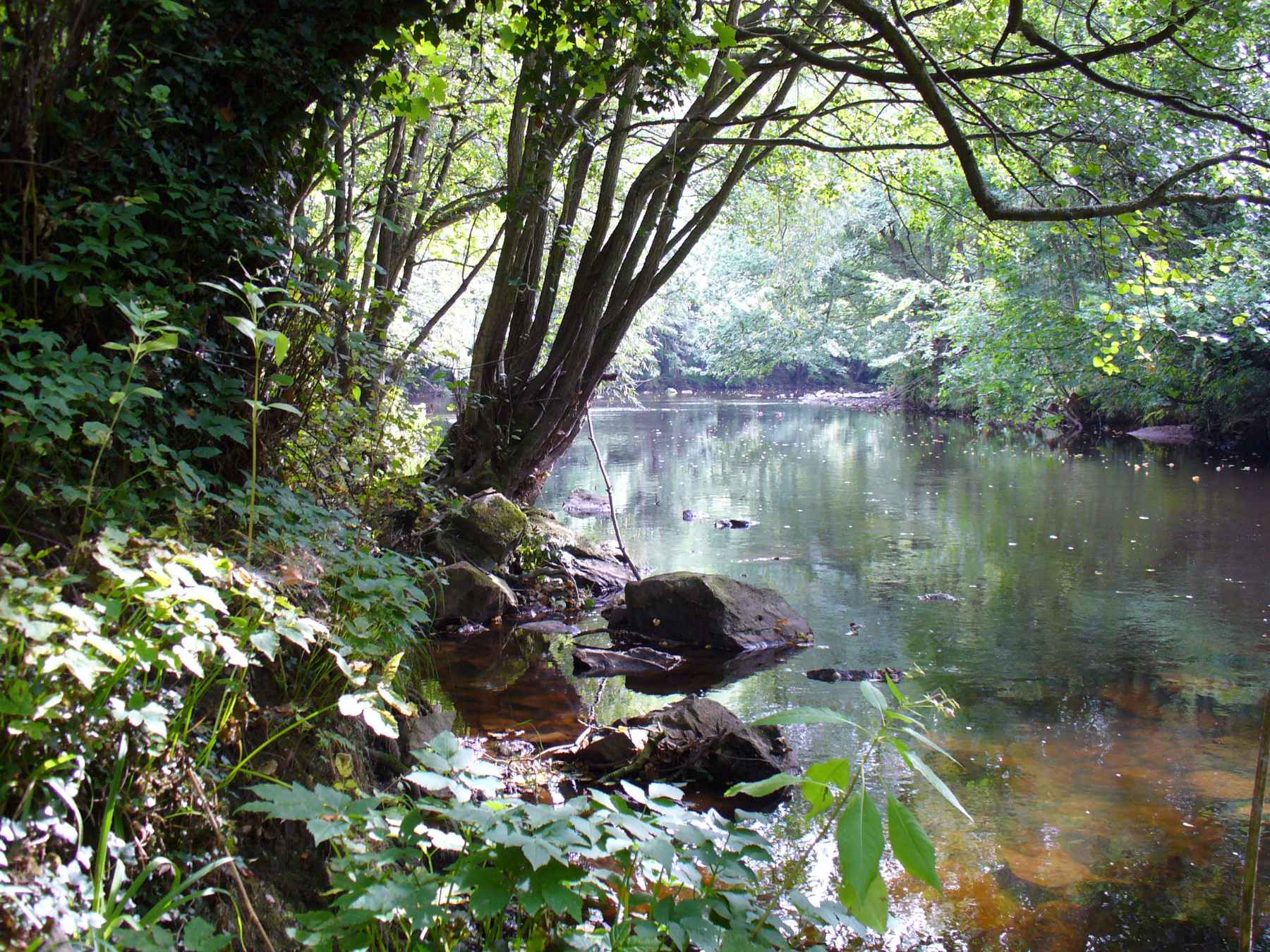The Woodland Trust is to fell 500 trees at its popular Harrogate site due to tree disease.
An infectious disease, phytophthora ramorum – which devastates native trees – has been ripping through the charity’s Nidd Gorge.
It has been issued with a Statutory Plant Health Notice from Forestry England ordering it to fell the affected larch trees – the disease particularly attacks these trees and is a fungal like organism which spreads easily between tree plantations. Once detected in a woodland, felling is the best way to prevent the disease spreading further.
This will mean some of the footpaths will need to be closed this spring and summer whilst the works are taking place.
The Trust is holding two drop-in sessions to let people know about these significant works. They are taking place at Bilton Community Centre on Thursday 28 April, between 6-9pm, and on the Nidderdale Greenway off Bilton Lane, on Saturday 30 April, between 10am and 4pm. It will be an opportunity to quiz trust staff about Nidd Gorge and the wider work of the woodland charity.
Paul Bunton, community engagement officer at the Woodland Trust, said:
It is devastating news for our site team and visitors that we are having to reluctantly fell these diseased trees at Nidd Gorge to protect others. Phytophthora ramorum, while of no risk to the public, is one of the biggest threats to our native tree species at the site.
Nidd Gorge is and will remain a really popular and cherished woodland close to Harrogate and Knaresborough and we ask the public to bear with us while we carry out the work.
Our community events are a great opportunity for people to find out more before the work starts, especially those who visit the woodland on a regular basis.
Keith Wilkinson, Bilton Conservation Group:
The presence of the deadly tree pathogen – Phytophthera Ramorum in parts of Nidd Gorge (on Woodlands Trust land as well as private landholdings).
My understanding is that pathogen is invariably fatal, spreads very rapidly, and there is no treatment other than felling the affected trees and a ‘cordon sanitaire’ of healthy trees beyond to limit spread.
The pathogen attacks a number of tree species but is particularly deadly in Larch tree plantations where infected trees will display ginger coloured needles and/or bleeding cankers on their bark.
The trees progressively lose their sap, dry out and eventually fall. The agent is a life-form between a fungus and a mould in a special grouping of its own which the Americans would call a ‘water-mold’. It thrives in wet environments and is believed to be vectored by wind/rain.
As regards Nidd Gorge, the tree cover here, between Nidd Viaduct and High Bridge, Knaresborough) is roughly 60:40 [Broadleaf : Conifer], with the Larch cover having been introduced post-WW2 as a commercial crop.
Nidd Gorge woodland clings to a dramatic steep-sided valley. Its patchwork of habitats supports a wealth of wildlife and flora, including relics of an intriguing history dating back to the Iron Age.
It’s great for a stroll through the ancient, broadleaved woodland and along the meandering river in the sheltered depths of the valley, or climb higher for stunning views towards the historic spa towns of Knaresborough and Harrogate.
More on the Woodland Trust: woodlandtrust.org.uk






